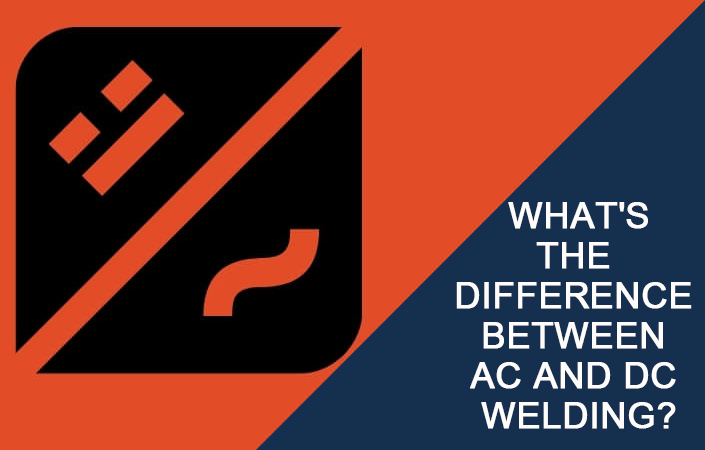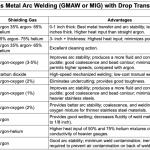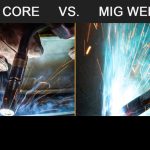Are you curious about the fascinating world of arc welding? As a beginner, it’s essential to understand the key differences between alternating current (AC) and direct current (DC) welding.
Each type of current offers unique advantages and is suited for specific welding applications.
021208.com
In this article, we will explore the disparity between AC and DC welding and shed light on when to use each method.
1. AC Welding: The Basics
AC welding, which stands for alternating current welding, is a type of arc welding that utilizes electricity that changes direction periodically. In AC welding, the current alternates between positive and negative polarity in a cyclical manner. This constant reversal of current flow allows for a self-cleaning action, which effectively removes oxides from the welding surface. AC welding is commonly used for welding aluminum and aluminum alloys.
2. DC Welding: The Fundamentals
DC welding, on the other hand, refers to direct current welding, where the current flows continuously in a single direction. In DC welding, there are two types: DCEN (Direct Current Electrode Negative) and DCEP (Direct Current Electrode Positive). In DCEN welding, the electrode is connected to the negative terminal, while in DCEP welding, the electrode is connected to the positive terminal. DC welding provides a more stable arc and deeper penetration, making it suitable for welding steel, stainless steel, and other metals.
3. Advantages of AC Welding
AC welding offers several advantages that make it ideal for specific applications. Firstly, the self-cleaning action of AC welding helps to remove aluminum oxide from the welding surface, ensuring better weld quality. Additionally, AC welding allows for better heat distribution, preventing overheating of the base metal. It is also useful when welding thick aluminum sections, as it helps to control the heat input.
4. Advantages of DC Welding
DC welding also brings its own set of advantages to the table. With a continuous current flow, DC welding provides better control over the welding process. The stable arc and deeper penetration make it suitable for welding thicker materials. DC welding also offers better weld quality and improved efficiency compared to AC welding. It is widely used in structural welding, fabrication, and other applications where strong and reliable welds are required.
5. Choosing the Right Method
The choice between AC and DC welding depends on various factors, including the type of material, thickness, and desired weld quality. Here are some general guidelines:
- If you are working with aluminum or aluminum alloys, AC welding is typically the preferred method due to its self-cleaning action and better heat distribution.
- For welding steel, stainless steel, and other metals, DC welding is generally recommended. It provides a more stable arc, deeper penetration, and better overall control.
It’s important to consult welding material specifications, and industry guidelines, or seek professional advice to determine the most suitable welding method for your specific project.
In conclusion, understanding the difference between AC and DC welding is crucial for aspiring welders. While AC welding offers benefits like self-cleaning and better heat distribution for aluminum, DC welding provides a stable arc, deeper penetration, and improved control for steel and other metals. By choosing the right method based on the material and desired weld quality, you can ensure successful welding projects and achieve strong, reliable welds. So, grab your welding gear and start exploring the exciting world of arc welding with confidence!












